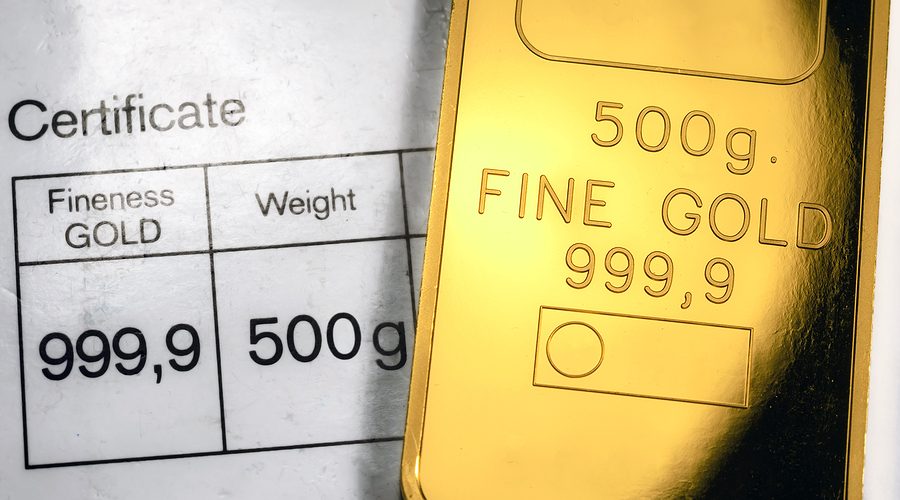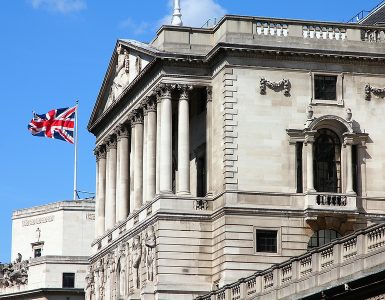Inflation is rising, so why not the price of gold? Gold prices fell to post-pandemic lows. So why is gold, the traditional hedge against inflation, falling in value? Many investors in the Australian share market may be disappointed with the performance of gold shares in the Australian share market in recent months. Take Australia’s largest listed gold miner, Newcrest Mining Ltd : Shares of Newcrest are now trading higher, rising by as 11.82% in one month alone- Up to 22.6% in 2022.
As a gold miner, Newcrest’s share price often rises and falls behind the price of gold itself. After all, every mining company is only as valuable as the things it digs out of the ground. And so far in 2022, we’ve seen gold rise from $1,832 an ounce at the beginning of the year to $1,600 an ounce. This explains the difficult path Newcrest’s share price has taken so far this year.
Gold is supposed to be a traditional hedge against inflation, right? This means that as the interest rate continues to rise then it should outperform other assets in times of rising prices?
The inflation in Australia is running at an annual rate of 6.1%. And gold is often held as an effective hedge against inflation because of its static supply and cannot be “printed”. Then, why is gold falling in the face of rising inflation
Perhaps it is easier to explain gold as an inflation hedge that supposedly rises in line with inflation. A recent CNBC article blamed it on aggressive interest rate hikes. The article states that “a rise in US interest rates will reduce the appeal of non-yielding gold, even as it is seen as a hedge against inflation”. Clearly. Another way to protect your wealth from inflation is to insure a return on your capital. This income can come in the form of dividends from stocks, interest from loans and bonds, or rent from real estate. Gold bars do not provide these income streams.
So while gold is considered an effective hedge against inflation, it still provides no return, making it unattractive to hold in a rapidly rising interest rate environment, at least in the short term. . Investors seek returns in the defensive asset of gold.
Gold continued its descent from its 2021 highs because of several macro catalysts, including the strength of the US dollar and rising interest rates. Gold continues to go down. Gold fell from a high of $2,052 per troy ounce to $1,692/oz and inflation in the US and UK is now above 9% per annum, with the risk of recession increasing by the week. Inflation and recession are traditionally strong drivers of gold prices, but these relationships seem to be coming apart at the seams in 2022.
What caused all this to happen?
To prevent rampant global inflation, central banks began to aggressively tighten monetary regimes. This has hurt global demand for gold. Gold has traditionally been seen as a hedge against inflation. However, rising interest rates mean investors are considering the opportunity cost of holding gold/futures if they are not paying interest. Meanwhile, the US dollar index continues to defy the odds, rising to a 5-year high, and gold continues to diverge from the dollar index.
So, now what? Should you still buy gold?
Given the sell-off across a lot of stocks, now might just be a good time to buy gold bullion and make it part of a diversified portfolio.
Source 1: https://www.bullionstar.com/article/why-gold-is-a-hedge-against-inflation
Source 2: https://www.cnbc.com/2022/07/26/the-fed-could-surprise-markets-by-sounding-even-more-aggressive-as-economy-teeters-.html







